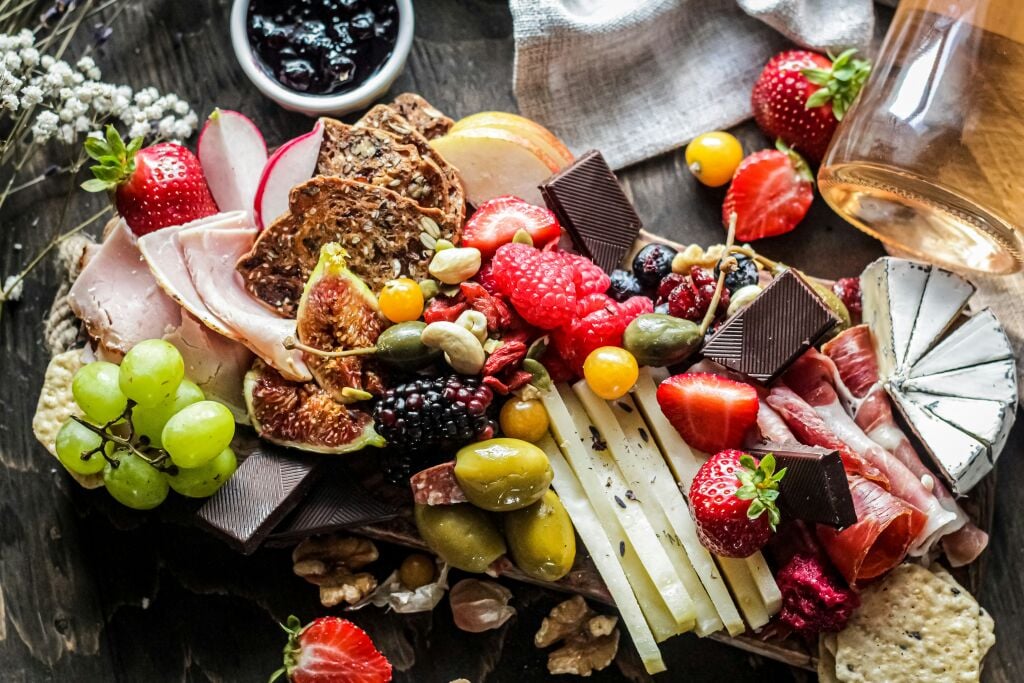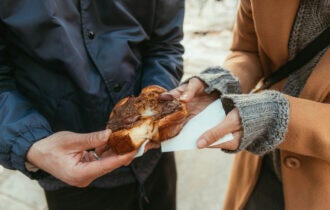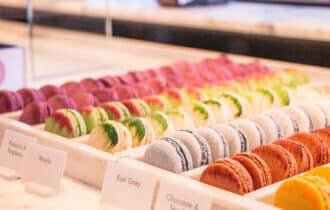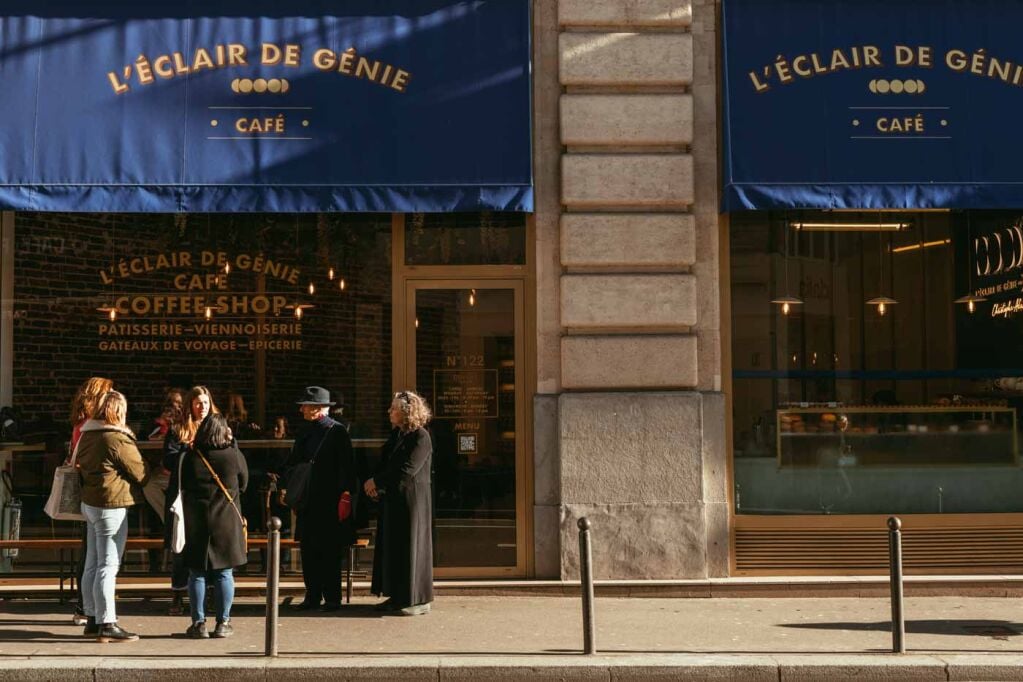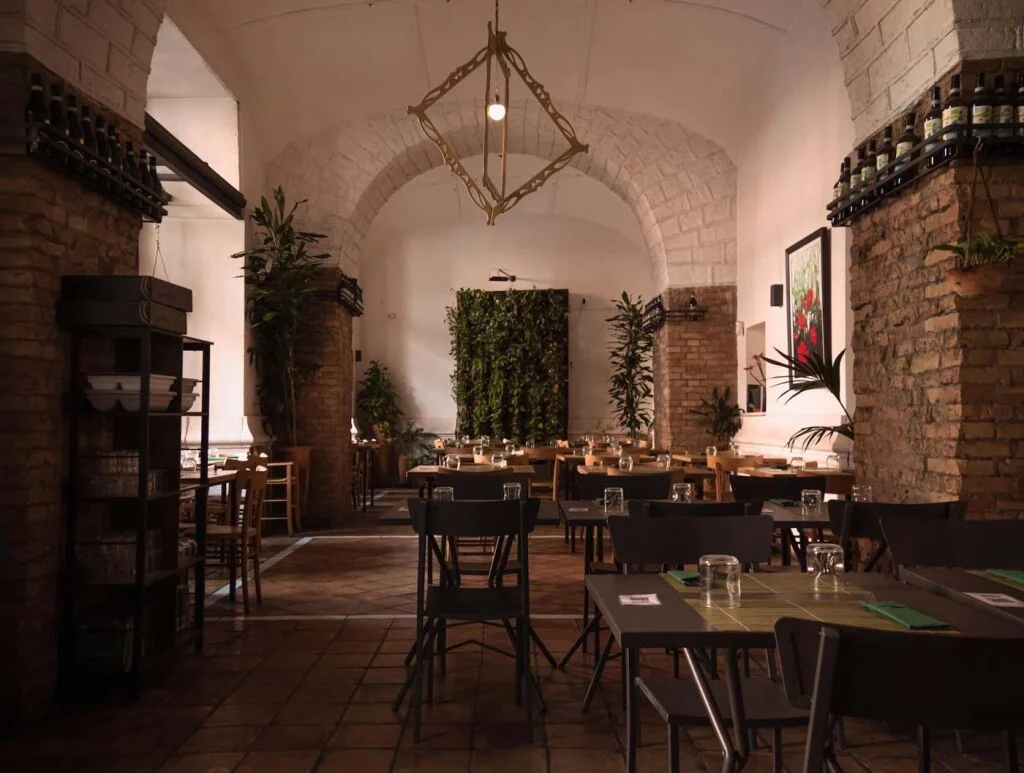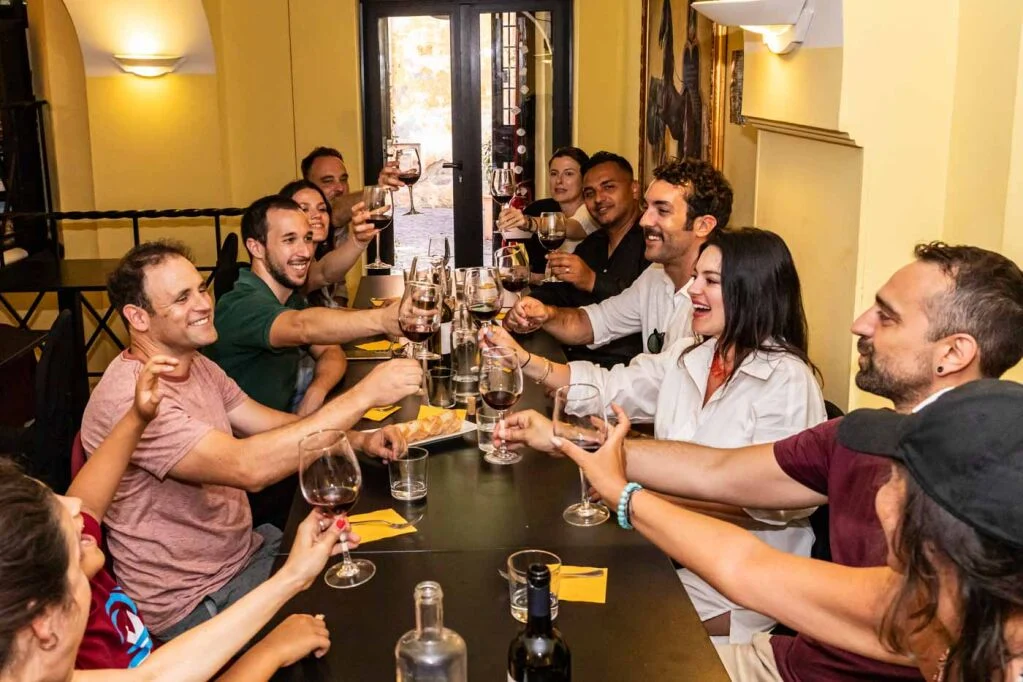Once upon a time, corporate events were all about ticking boxes: stick to the agenda, get everyone in the room, call it a success. But that approach doesn’t really fly anymore, especially in Europe.
Things have shifted. Now, it’s just as much about what people feel as what they learn. And one thing that’s become clear? Food matters — a lot.
More and more, the food served at events isn’t just fuel between sessions. It’s part of the story. When that food is local, it does something special. It brings people together. It gives them a real sense of where they are. It opens the door to conversations that don’t always happen over a PowerPoint.
So how did we get here? And why has local food become such a vital part of the European event scene? Let’s take a look.
A Shift in Priorities
Ask any event planner in Europe what attendees care about most, and “the food” comes up quickly. Not flashy decor, not swag bags but food. And not just good food, but meaningful food. Meals that are rooted in place. Menus that reflect the region, the season, and the story.
It’s not just about feeding people anymore. It’s about using food to create a connection between guests, between teams, and between people and the city they’ve landed in for a few days of work and networking.
What Local Looks Like
What’s considered local really just depends on where you are. In northern Spain, it might be a few slices of jamón, cut so thin they barely hold together, some anchovies on toast, maybe a stew that tastes like it’s been made the same way for decades. Down in southern France, it could be fresh goat cheese, whatever looked good at the market that morning, and a bottle of rosé that’s somehow already half gone.
In Belgium, someone’s probably handing you a beer before you’ve even sat down. In Italy, it’s not pasta unless it’s being rolled out by hand right there in front of you. And in Copenhagen, lunch might come with a side of foraging stories and a slice of rye bread so dense it could double as a plate. The point is, it’s never just food. It’s part of the experience and the Europeans have understood it.
Related reading: If you’re hosting an event in Portugal, here are 28 traditional foods in Portugal you can’t miss.
From Table to Conversation Starter
Food has always been an ice-breaker and Europe is taking full advantage of this to further drive meeting agendas.
Local food is an unexpected yet excellent conversation starter. It gives people something real to react to. Maybe they’re trying something for the first time. Maybe it tastes like home. Whatever it is, it gets people talking — about the dish, the place, a memory. It’s easy, unforced, and often the first moment people stop being polite and start being themselves.
You don’t need icebreakers when there’s something worth talking about on the table. A good meal sets the tone. Not just for the next conversation, but for the whole event.
An Excellent Way to Support Local Economy
As good as local food usually is, choosing it is also practical. Opting to work with local chefs, producers, and suppliers is a win for the local economy too. It’s also sustainable and it just makes sense. If you’re bringing a global audience to a European city, why not let the city speak for itself through the food?
Guests notice. They ask where the bread came from, who made the wine, what kind of cheese that was. And when the food’s great — which it often is — those vendors stick with people. Sometimes they even pick up new clients after the event.
It’s not about doing the right thing for appearances. It’s just good planning with benefits that last longer than the meal.
A Shift to More Meaningful Events
What’s interesting is that events haven’t become more formal—quite the opposite. Plated dinners are giving way to food stations and communal tables. Attendees move freely, chat with chefs, and sample different dishes. It’s casual, but intentional. And it works. Gone is the awkward small talk. People connect because they want to, not because the agenda tells them to. The whole atmosphere shifts, making the event feel more relaxed—and ultimately more productive.
The Role of Venues
Venues are shifting. It’s less about polished seating charts and more about what’s happening in the kitchen. People want good food, made nearby, served in a way that feels real, not staged.
You’re even seeing this in places around Paris. Places that used to focus on formality are now bringing in local producers, offering small-batch wines, and building menus around what’s in season. Guests might meet the baker or the winemaker. It’s more open, less stiff.
And it’s not just Paris. All over Europe, old barns are turning into event spaces, wineries are hosting strategy days, and city lofts are designed around the chef’s table. The venue isn’t just a container anymore. It’s part of the whole thing.
What Attendees Want Now
Younger professionals are no longer impressed by surface-level events. They want experiences that feel intentional and real. They care about sourcing, how people are treated, and whether any of it actually matters. Food plays a big role in that. Today’s attendees think more critically about what they eat—they want it to taste great and come from a place that aligns with their values.
And fair enough. If you’ve gone all the way to Lisbon or Lyon for a conference, you don’t want a menu that could’ve come from a hotel in Frankfurt or Chicago.
You want something that tells you where you are without anyone having to say it out loud.
It’s Not Just a Trend
All of this might sound like a nice-to-have. But it’s becoming the standard. Event planners are seeing that when they get the food right — really right — everything else benefits. Guests are happier. Conversations flow more easily. The event feels grounded.
Long after any event is over, attendees still talk about the food or even the wine they tried. Sometimes it’s the story behind the cheese that impresses them.
That’s the power of local gastronomy. It lasts.
Final Thoughts
Corporate events in Europe are evolving. The structure might look the same on paper: keynotes, panels, networking, but the experience is shifting. And food is leading that shift. Not as a garnish, but as something central. Something alive.
Maybe it’s a buffet lunch made by a local chef. Maybe it’s a street food setup. Maybe it’s just really good coffee from a roaster around the corner. Either way, the message comes through: this place matters. These people matter. This moment matters.
And that’s what makes the food taste even better.

